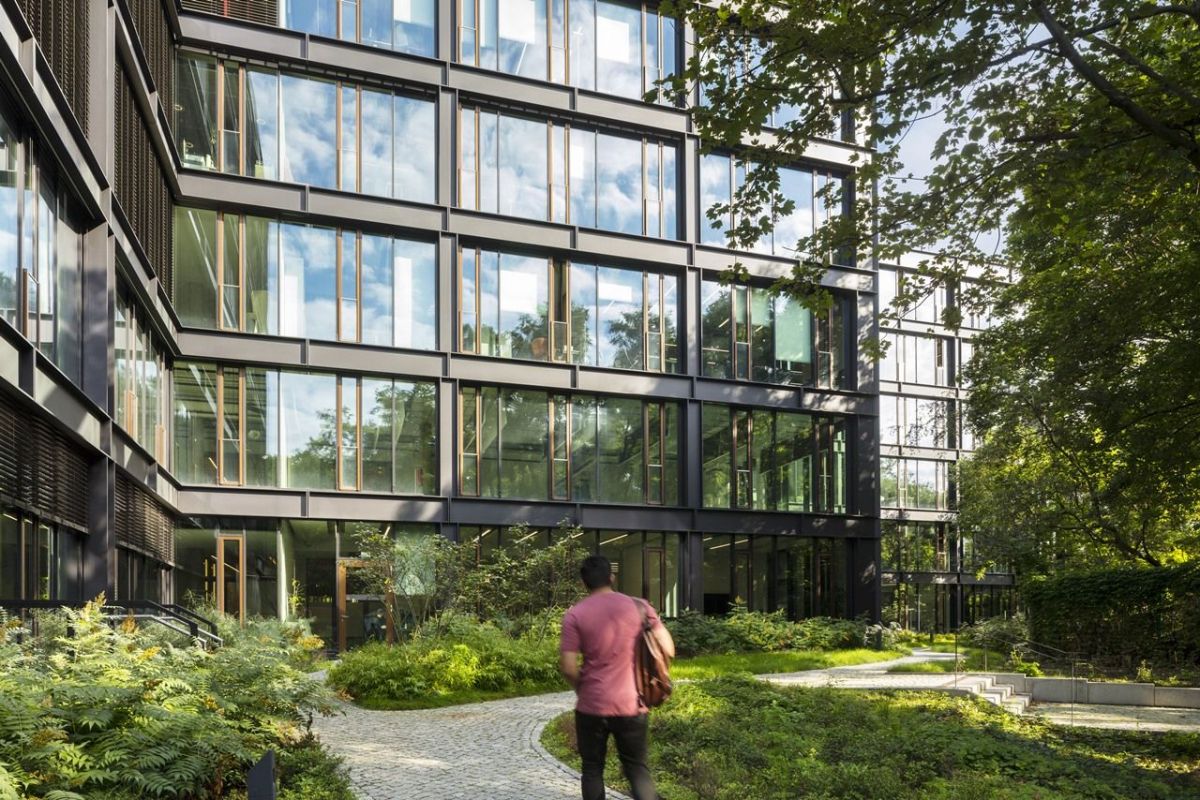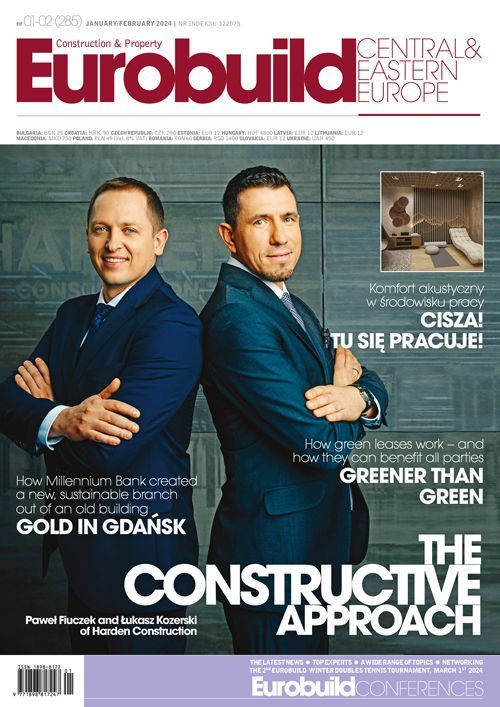The Warsaw branch of law firm CMS is very proud of its staircase that connects the five floors of its offices at the top of Varso Tower. The stairs themselves are made of light grey granite, while on one side of the stairwell there is a green wall that periodically sprays out a light mist to water the various plants. The opposing wall is covered in a bright mural depicting Warsaw’s numerous landmarks, while the outer-facing side is dominated by a vast glazed window that looks out over a sea of buildings from one of the highest points in the city. The stairs provide access to one of the many kitchen areas where a series of signs encourage employees not to take the elevator to travel between floors and to eat healthily, by, for example, eating the apples and tomatoes that are freely provided. All of these features have contributed to the company’s office being awarded a Well rating of ‘Platinum’ – the very first distinction at this level in Warsaw. However,































































